The yellow facade of Persian saffron should be considered magenta
Iran is known as the largest saffron producer in the world and it is daring to be able to make Khorasan Razavi province the center of the world’s most productive saffron production, with 80 percent of Iran’s saffron production as the world’s largest saffron producer.
The applications of saffron are from a simple spice and are used extensively as aroma, medicine, plant color and compound.
The saffron, called “Crocus sativus”, is a native of southeast Asia. Based on some historical evidence of this plant, it was first cultivated in Greece, a plant that has been crowned with a wealth of sweetened sweets from over 3,500 years ago and continues to be a pivotal place in the world’s most charming spices, and the life of various industries to use. It’s tied up.
Iranians who have shown great interest in herbal products from the distant past and donated gold and saffron to their guests, have been pioneering the introduction of the properties of saffron and its application to the civilizations of Greece, Rome and China.
Today, Spain, the UAE, Afghanistan and China, despite the lack of capacity to produce and export saffron, have become the market leader in saffron market, which has weakened the name of Iran in the global market and the loss of Iranian farmers’ rights.
Iranian saffron is exported to 47 countries, and due to recent sanctions and barriers to exports, many countries have bought Iranian saffron and shipped to other countries with their brand.
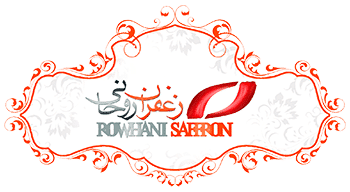

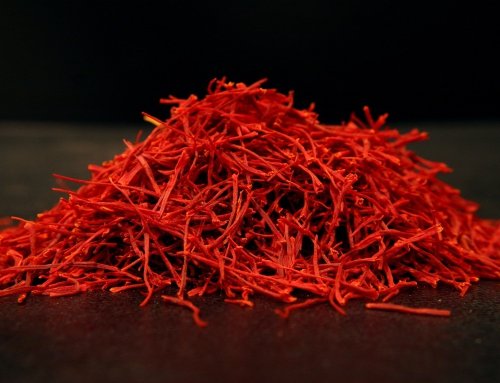
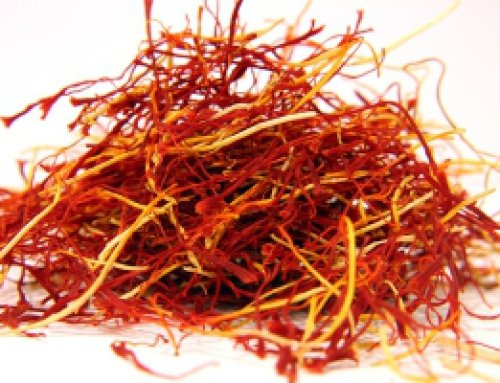
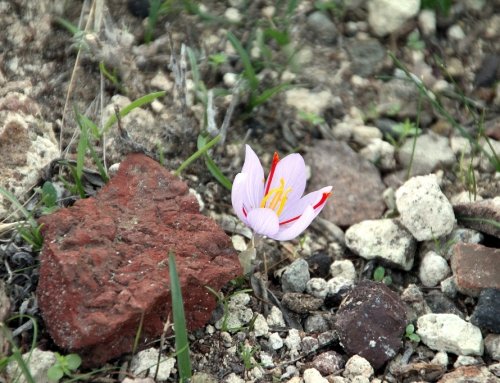
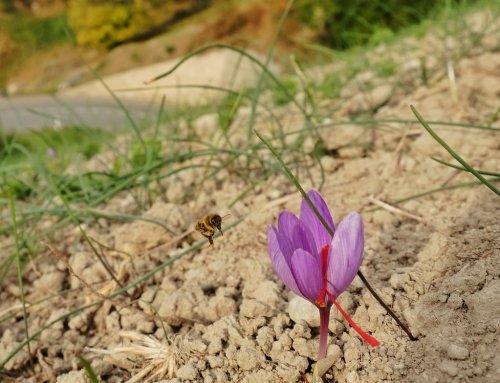

Get Social